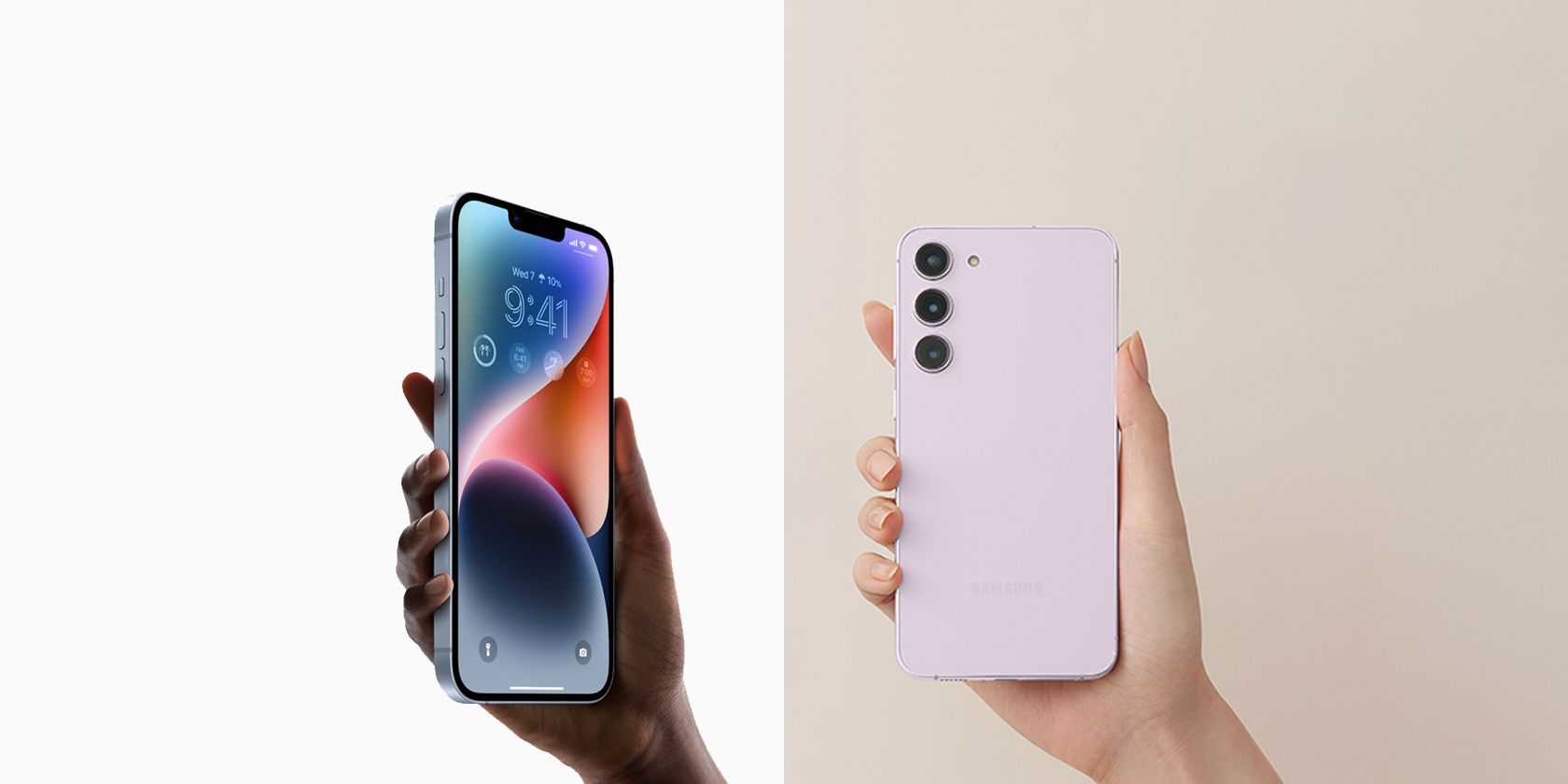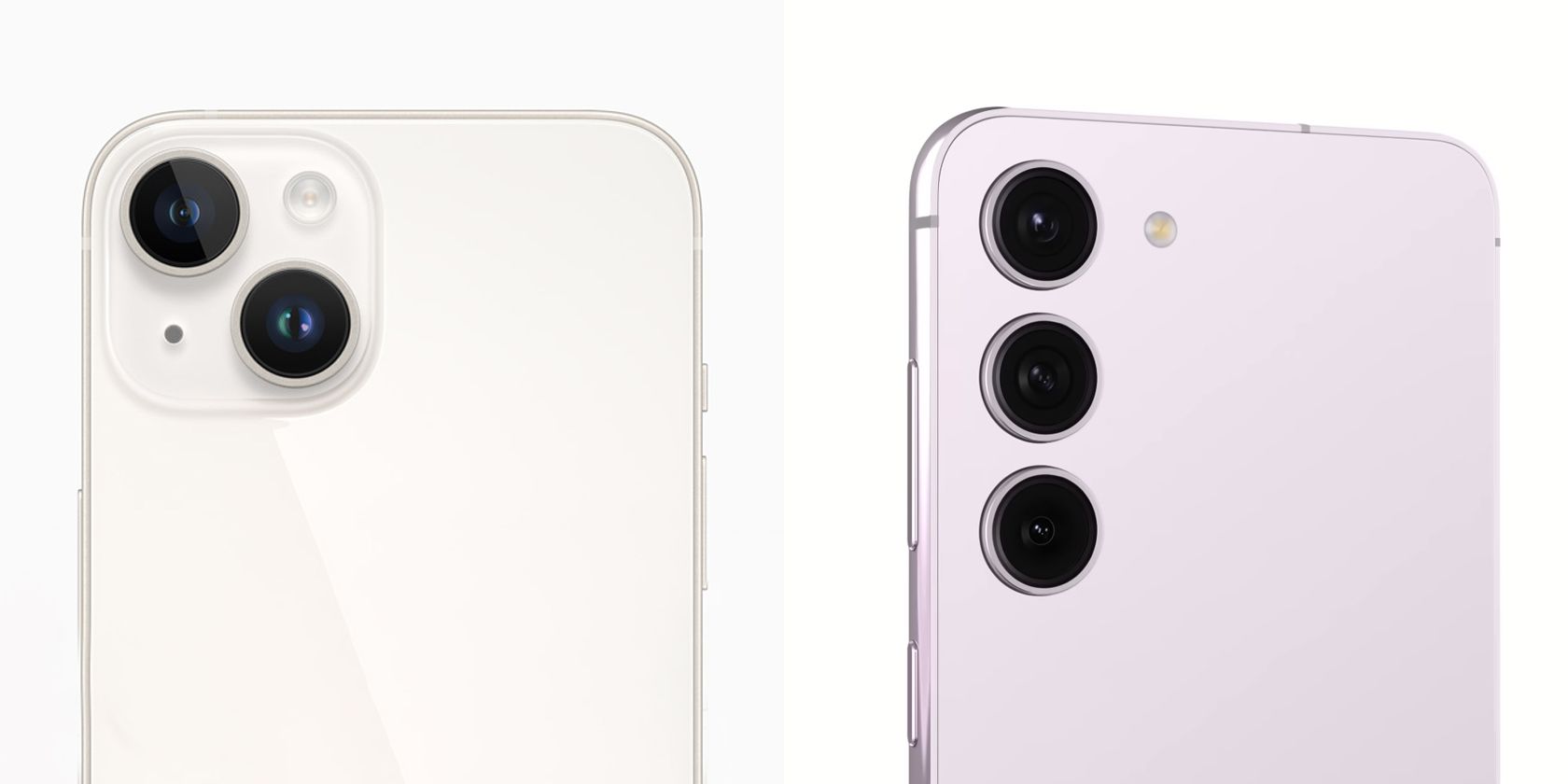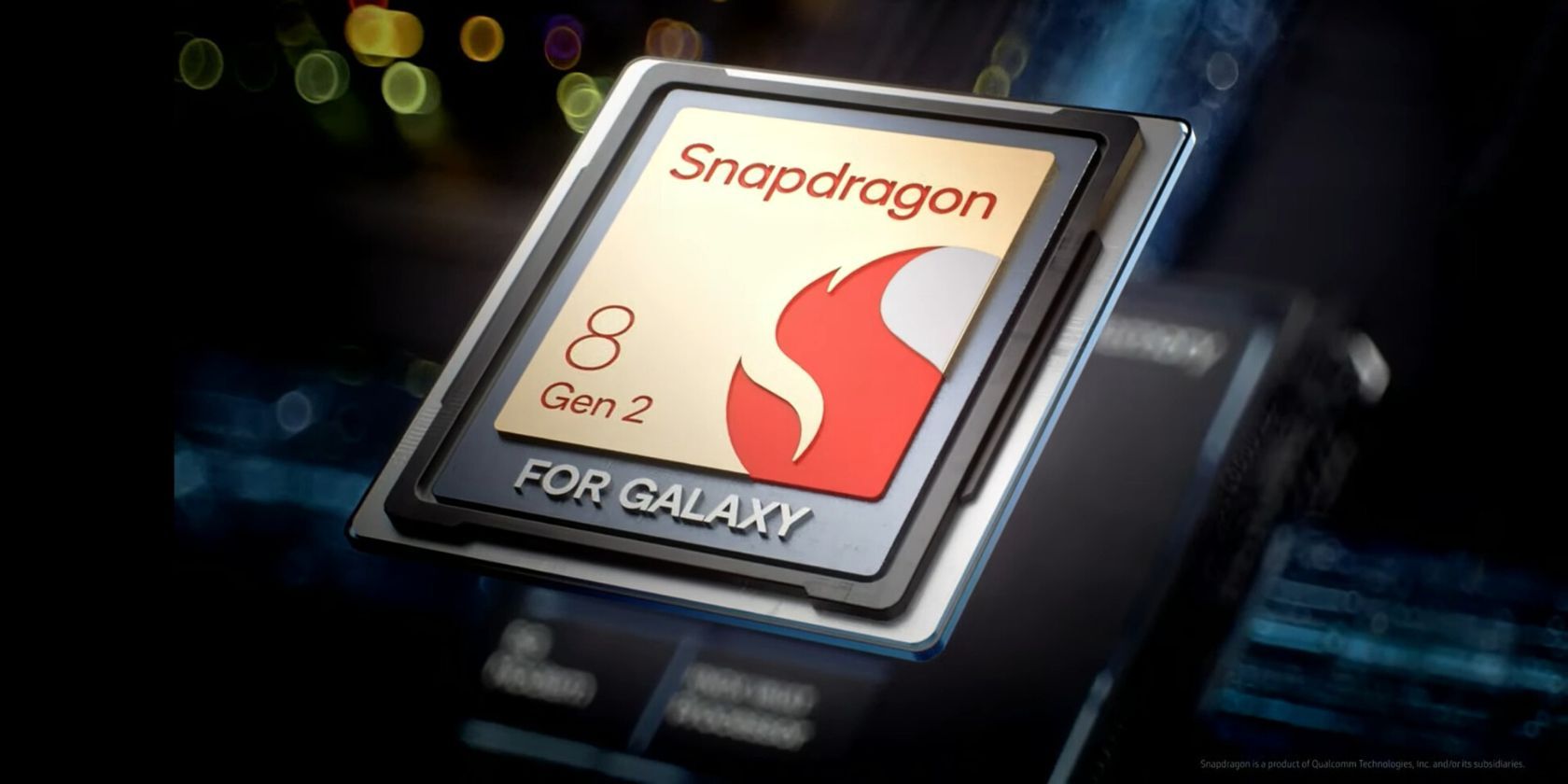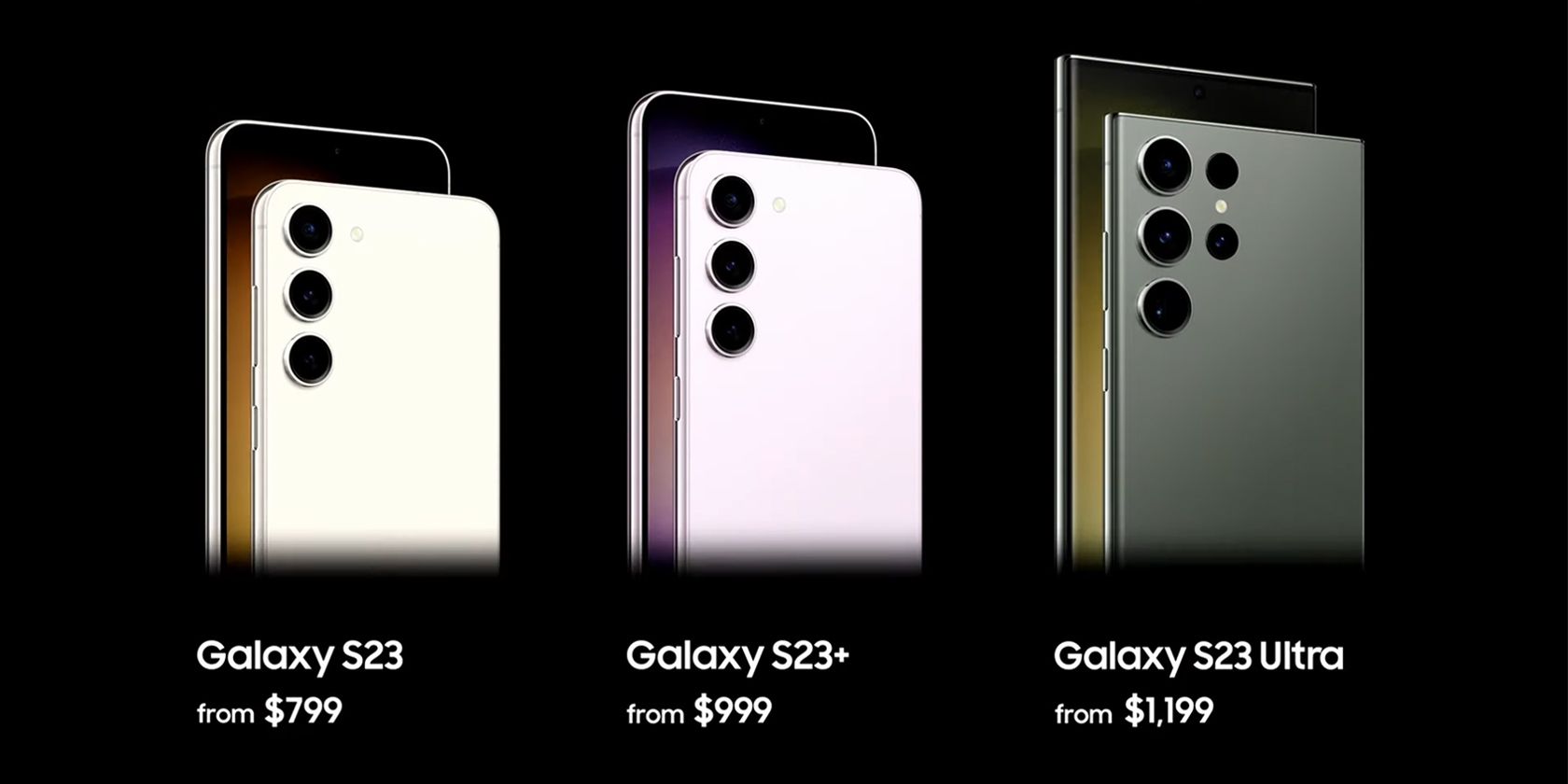The Samsung Galaxy S23+ is the middle of the pack of Samsung's 2023 flagship devices. It offers lower specs than the S23 Ultra but a larger screen than the base S23.As such, it stands in line with the iPhone 14 Plus—lower price (and specs) than the top iPhone model, yet with a larger screen.So, if you're considering upgrading to a big-screen smartphone without going all out on your budget, which one should you choose?
Android 13 vs. iOS 16
The operating system is the most significant difference between the two phones. If you're a fan of either Android or iOS, you'll probably choose the phone which has your favorite OS. But for those who aren't decided or want to go to the other side, the iPhone vs. Android question doesn't have a straightforward answer.
Although the iPhone 14 Plus has better integrations with other Apple products, the Android-powered Samsung Galaxy S23+ plays better with other brands. For example, you can easily sync your Android phone with your Windows PC via Windows Phone Link. And even if you're using a Mac, you can now use Intel Unison to synchronize an Android smartphone with it.
So, if you're not invested in the Apple ecosystem, or want more options for your smart integrations, then the Samsung Galaxy S23+ might make more sense for you.
Two Cameras vs. Three Cameras
One of the things most users look at when buying a smartphone is its camera system. And although Apple is renowned for putting some of the best cameras on a phone, Samsung isn't far behind it. The iPhone 14 Plus features two rear cameras—a 26mm wide lens and a 10mm equivalent ultrawide lens, both at 12MP.
On the other hand, Samsung tries to get the upper hand by adding a telephoto camera. You get a 12MP 10mm-equivalent ultrawide lens, a 50MP 24mm wide lens as the primary camera, and a 10MP 70mm telephoto lens that delivers three times zoom.
Reports say that images from the S23+ are at par with what Apple offers (although video is still a particular strength of the iPhone). So, if you like zooming in to capture distant scenes or for portrait photography, you might want to go with the Samsung S23+.
Body and Display
Both phones feature rounded corners, making both devices easier to hold. They're also nearly similar in dimensions, with the iPhone 14 Plus slightly larger and heavier than the S23+. However, the difference is almost invisible unless you put one phone on the other.
The iPhone 14 Plus uses a Super Retina XDR OLED display, while the Samsung S23+ has a 120Hz Dynamic AMOLED screen.
Both devices are HDR10+ compatible, but the iPhone 14 Plus can only reach 1,200 nits peak brightness. This level is significantly dimmer than the S23+'s 1,750 nits peak brightness, making the Samsung smartphone easier to see under bright sunlight.
Although the Samsung S23+ has a brighter display, it's also slightly smaller than the iPhone 14 Plus. The former only has a 6.6-inch screen, while the latter uses a 6.7-inch display. The difference is minuscule, but if you put a premium on screen real estate, you might want to go for Apple's offering.
SoC and RAM
As usual, the iPhone 14 Plus is powered by Apple's homegrown processor—the last generation Apple A15 Bionic (5nm). This puts it at a disadvantage versus the latest generation Snapdragon 8 Gen 2 (4nm) from Qualcomm that's under the hood of the Samsung Galaxy S23+.
The Snapdragon 8 Gen 2 has a smaller process node than the A15 Bionic and features two more cores. Furthermore, the iPhone 14 Plus only has 6GB of RAM, which is 2GB less than what the S23+ packs.
However, because iOS is so streamlined for its hardware, you'll find that the performance of both these phones is neck and neck in benchmarks. And once both devices are in the real world, you'd barely notice a difference in how they run.
Storage
When you're taking many photos and videos and installing many apps and games, you'll want the largest possible storage space on your phone. Fortunately, both the Samsung Galaxy S23+ and the iPhone 14 Plus have 256GB and 512GB variants.
However, the iPhone 14 Plus, in its cheapest variant, only offers 128GB. So, if you want the 256GB model, you'll have to shell out $100 more.
Both Samsung and Apple use high-speed storage, but the S23+'s UFS 4.0 storage is claimed to be faster than the NVMe standard on the iPhone 14 Plus. Furthermore, the former uses a USB-C 3.2 port for charging and data transfer, while the latter only uses a Lightning port that supports USB 2.0 speeds.
So, if you see yourself transferring large files from your phone, you might want to stick with the Samsung Galaxy S23+'s faster storage and transfer speeds.
Prices
The Apple iPhone 14 Plus starts at $899, making it $100 cheaper than the Samsung Galaxy S23+. However, you only get 128GB at this price. If you go for the 256GB model, the iPhone 14 Plus costs $999, practically the same as the most affordable S23+.
And if you order the Samsung Galaxy S23+ on the Samsung Galaxy Store, you're likely to find more promotions than you will with Apple's phone, which could help to make it an even better deal.
Are You a Samsung or an Apple Fan?
The iPhone 14 Plus and the Samsung S23+ have similar features and price points. The former will be the most logical choice if you're already invested in the Apple ecosystem. But if not, the latter is also a valid option.
If you're still undecided, the best way to determine which you like better is to test them, especially to see how they feel in your hands before making a choice. But no matter which device you pick, you get a solid smartphone at the $899 to $999 price point.





